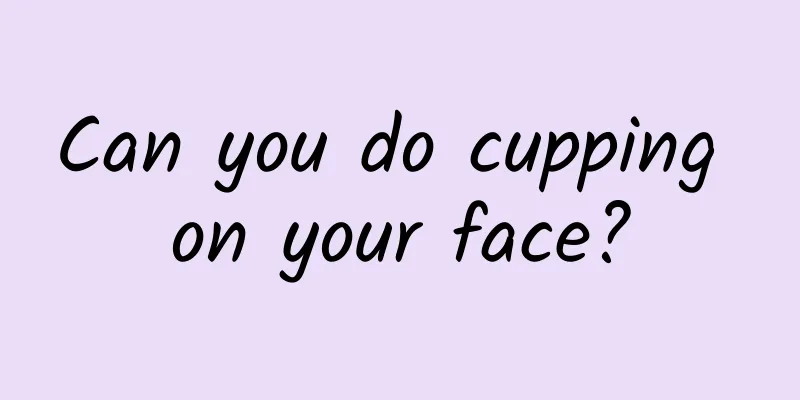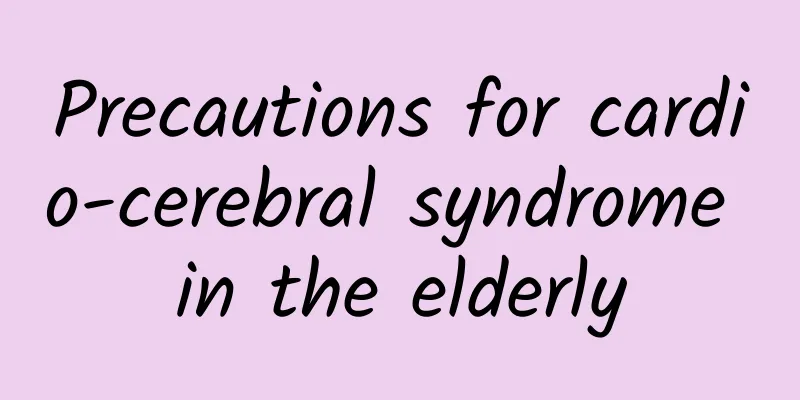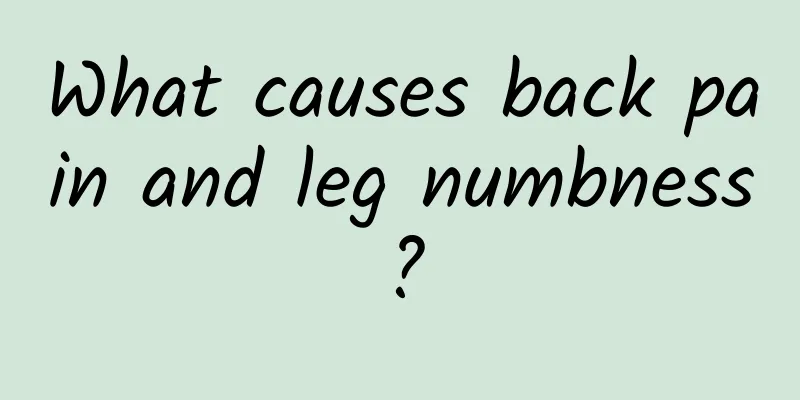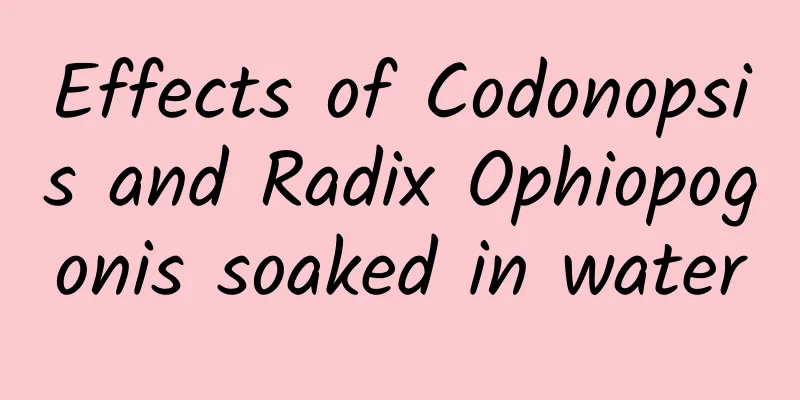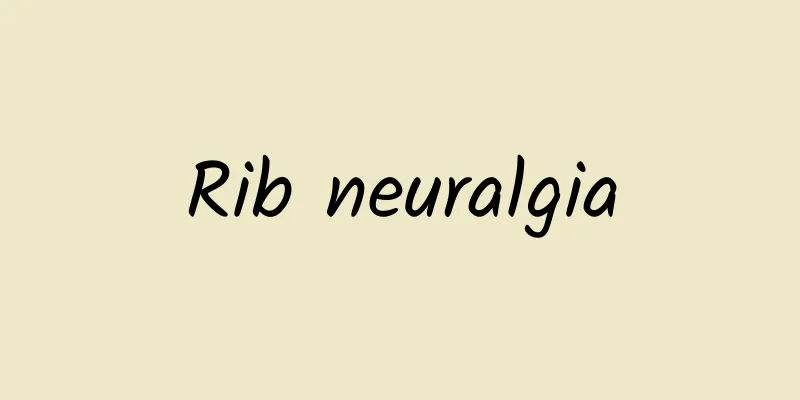Pericardectomy

|
Pericardiectomy is a common method for treating constrictive pericarditis and is also the most effective treatment method. First of all, the patient needs to have a good diagnosis. After the diagnosis, the operation should be performed as soon as possible. During the operation, the pressure of the disease on the heart can be relieved as soon as possible. Of course, this is also a relatively large operation, so the patient needs to strengthen care after the operation to ensure the effectiveness of the operation. Pericardectomy surgery procedure Step 1 1. The body position is supine. If the patient cannot tolerate it, he can temporarily lie in a sloped position, and then change to a supine position after anesthesia. Step 2 2. Incision: Median sternotomy. Step 3 3. Remove the pericardium and make two traction lines on the pericardium on the anterior side of the left ventricle. Make a cross-shaped incision between the traction lines to reach the myocardium. At this time, the myocardium can be seen bulging out of the incision. Pull the thickened pericardium and use scissors to sharply cut the adhesion between the pericardium and the heart. Loose adhesions can be bluntly peeled off, but myocardial tearing must be prevented. The dissection should start from the left ventricle, then the right ventricular outflow tract, and finally extend to the entire right ventricle. Both sides should be dissected to the phrenic nerve. The diaphragmatic surface should be dissected as far as possible to allow the heart to leave the pericardial bed behind it. At this time, the relaxation and contraction of the heart can be completely unrestricted. In case myocardial injury and bleeding occur during pericardial removal, the pericardium can be covered with the nearby pericardial fragment that has not been removed and sutured to stop the bleeding. Step 4 4. After the pericardium is removed and the entire stripping plan is completed, the stripped pericardial pieces can be removed one by one. While removing the pericardium, use electrocautery to stop the bleeding to ensure that the bleeding is completely stopped. Step 5 5. After flushing with a drainage tube, place a soft rubber tube with multiple side holes in the anterior mediastinum for drainage, leading it out from the lower end of the incision so that the lowest side hole is located at the lowest position of the mediastinum. Post-operative care after pericardiectomy: 1. After the left ventricular relaxation is achieved through cardiotonic treatment, digoxin can be taken orally to prevent left heart failure. 2. Patients with diuretic constrictive pericarditis often have water retention in their bodies. Therefore, diuretics are needed after surgery to reduce the burden on the heart. 3. Maintain electrolyte balance. Sodium intake should be strictly limited after surgery unless hyponatremia is proven. People with high urine output need potassium supplements to avoid hypokalemia. 4. Maintain a negative water balance. Maintain a negative water balance after surgery until the patient appears emaciated or edema and ascites completely disappear, and the liver shrinks. 5. Hormone therapy: Patients who have received regular hormone therapy for more than two weeks before surgery need hormone therapy during and in the early postoperative period, which should last until 3 to 4 days after surgery. 6. The patient's left heart function should be observed after surgery. If there is left heart failure, vasodilators can be used while taking cardiotonic and diuretic drugs to reduce afterload, reduce the burden on the left ventricle, and help restore heart function. 7. Patients diagnosed with tuberculous constrictive pericarditis should receive anti-tuberculosis treatment for one year after surgery. |
<<: Constrictive pericarditis surgery
>>: Symptoms of pericardium meridian obstruction
Recommend
Can I drink chrysanthemum tea if I have a bad stomach?
Try not to drink chrysanthemum tea when your stom...
Can pregnant women eat toast?
Bread is one of the most important foods in human ...
Tips to reduce pores and improve skin
Most people don’t care much about the problem of ...
Nutritional differences between roosters and hens
Although there is no difference between roosters ...
Causes of Subclavian Vein Thrombosis
Venous thrombosis can occur in many places, such ...
How to make pork kidneys to nourish the kidneys? Have you eaten too much pork kidneys to nourish the kidneys?
Since ancient times, China has emphasized the pri...
What kind of ginkgo leaves
The leaves of the ginkgo tree are fan-shaped, wit...
Do women still have sexual desires after menopause?
Menopause is very sad for women, because it is a ...
What kind of soup is better for menstruation?
Women's bodies are weak during menstruation. ...
Aspartate amino acid is low
Many people may not know what aspartate aminotran...
Is it better to take Chinese medicine or Western medicine for kidney deficiency?
Kidney deficiency is a special term in Traditiona...
What are the symptoms of herpes virus infection? How to prevent it?
Herpes simplex is a viral skin disease caused by ...
Are all mint leaves edible?
Mint is a common food in daily life. Many people ...
Can I eat grapes after taking Chinese medicine?
Nowadays, people often choose to use traditional ...
What are the reasons for not having insomnia but having many dreams?
Many people do not suffer from insomnia when they...


